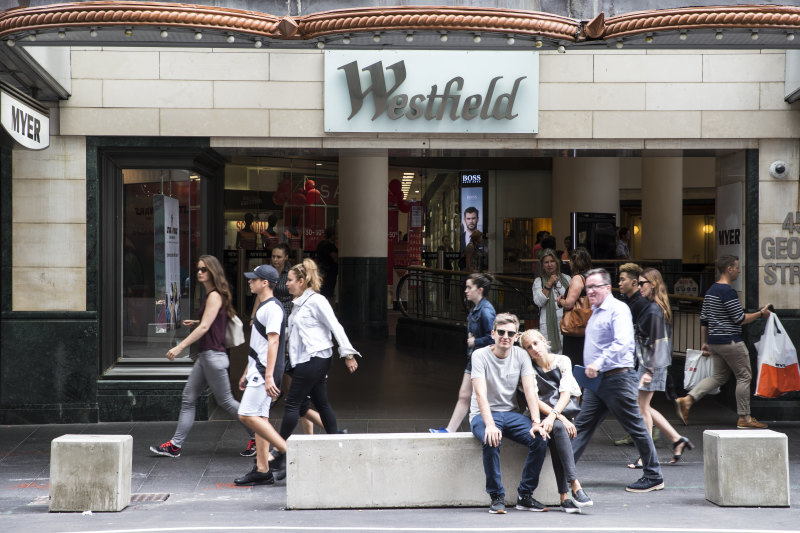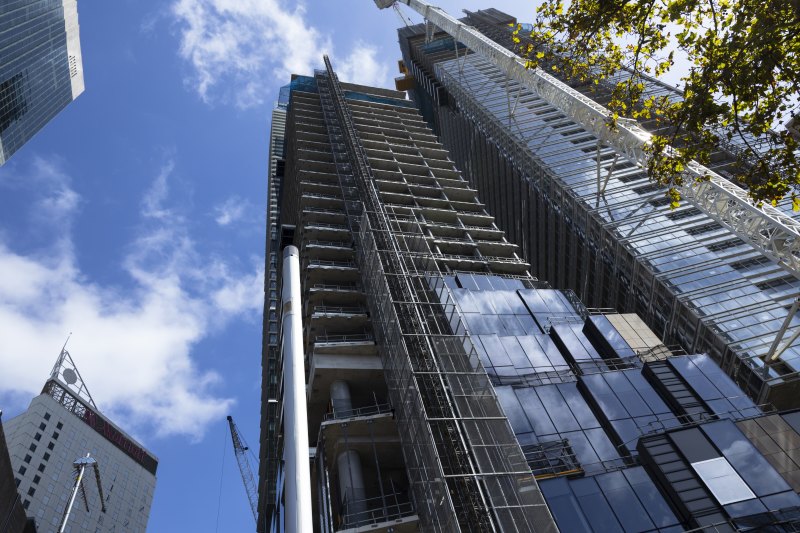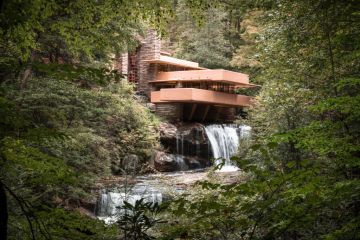Tom Cruise vs Tom Hanks suburbs: How to find a suburb with strong growth potential
When it comes to choosing a suburb with good growth potential, Hollywood’s two most famous Toms provide an appropriate analogy.
If you’re looking at a Tom Cruise suburb, you’re looking at what’s commonly called a hot spot: a locale that burns brightly for a few years (think marriages to Mimi Rogers and Katie Holmes) before fizzling out and leaving all parties checking the bank balance.
A Tom Hanks suburb has staying power. Hanks has been married to Rita Wilson for 30 years and by all reports the relationship is still going strong. A Hanks suburb will pay dividends well after the early romance fades and become the stuff of statistics legend with property values rising strongly over the long-term.
“A hot spot might be good in the short-term, but it won’t have permanent, long-term growth factors,” says Peter Koulizos, chairman of Property Investment Professionals of Australia.
A mining town would be the classic example of a hot spot. In contrast, long-term growth suburbs are those with good infrastructure, proximity to a range of employment options and desirable amenities.
Demographics are the giveaway
Changing demographic and the corresponding gentrification process are two of the top indicators of an emerging growth suburb, according to buyer’s agent and chief executive of propertybuyer.com.au Rich Harvey.
“Look at who’s moving in and who’s moving out,” Mr Harvey said. In Sydney, Mr Harvey said Paddington, Newtown and Narrabeen are great historical examples, while Redfern is in the process of gentrifying.
People will move in and renovate, and new cafes and specialty shops will spring up in the suburb.
 Noticed more fixies on the street? Your suburb could be gentrifying. Photo: Maria Soledad
Noticed more fixies on the street? Your suburb could be gentrifying. Photo: Maria Soledad
“It’s not always overly evident,” Mr Koulizos said. “But you’re looking for the number of childless couples and single professional women to increase in the area and the number of under 18s to decrease.”
“Have a look at some of the shops that are popping up,” he said. “Are you getting organic or vegan shops, quirky cafes, a bike store selling fancy bikes? Singles have a higher disposable income than families to spend with these kind of retailers.”
Areas adjacent to those that had already demographic changes could see long-term price growth, according to BIS Oxford Economics senior manager Angie Zigomanis.
“If gentrification is happening a couple of suburbs away, then chances are it’s going to hit your area 20 years down the track,” he said.
Housing Industry Australia senior economist Shane Garrett suggested rising numbers of migrant workers, particularly in Sydney and Melbourne, could lead to apartment price growth.
“If you find a well-located suburb where there is a degree of apartment building going on, you could possibly make growth opportunities from that,” he said.
Infrastructure leads to growth
New infrastructure can be another golden ticket to sustained property price growth but Mr Koulizos warns than not all infrastructure projects are created equal.
“A new train station in Sydney will make a huge difference, but in Adelaide not at all,” he said.
“It’s geographically related but also it’s about the type of infrastructure. A new hospital or university will have a much bigger impact than a new exit or entry off a freeway.”
Mr Koulizos said given most people want to live close to work, new infrastructure that speeds up the journey or provides new jobs closer to home will have a domino effect on demographic change and property prices.
 Infrastructure that improves access to employment can lead to long-term growth. Photo: Louie Douvis
Infrastructure that improves access to employment can lead to long-term growth. Photo: Louie Douvis
Property commentator and Your Empire chief executive Chris Gray said it’s important not to rush into a suburb the moment a new project is announced.
“Even though the government might say they’re going to do something, it’s still speculation so it’s not a guarantee that prices will rise,” he said. “If you want to rely on a politician for your wealth strategy that could be dangerous.”
Research reveals key trends
One of the most important factors determining the future growth of a suburb is supply and demand. Over the long term, if a suburb sees more demand than the available stock on the market, both in rentals and sales, prices tend to rise in response.
Mr Koulizos recommends researching vacancy rates and auction clearance rates. A low vacancy rate indicates rental properties don’t stay on the market long, while high clearance are a sign that buying demand is strong.
 Population and employment growth are the key drivers of demand. Photo: iStock
Population and employment growth are the key drivers of demand. Photo: iStock
Mr Garrett said a large amount of apartment development doesn’t necessarily cause an oversupply.
“You not only have to look at how many new apartments are being built, but how likely the population of a particular market is to keep growing,” he said. “And to keep growing, its labour force needs to be in a strong position.”
ABS figures can reveal population and employment trends, while state government websites can provide information on upcoming infrastructure projects.
We recommend
States
Capital Cities
Capital Cities - Rentals
Popular Areas
Allhomes
More







